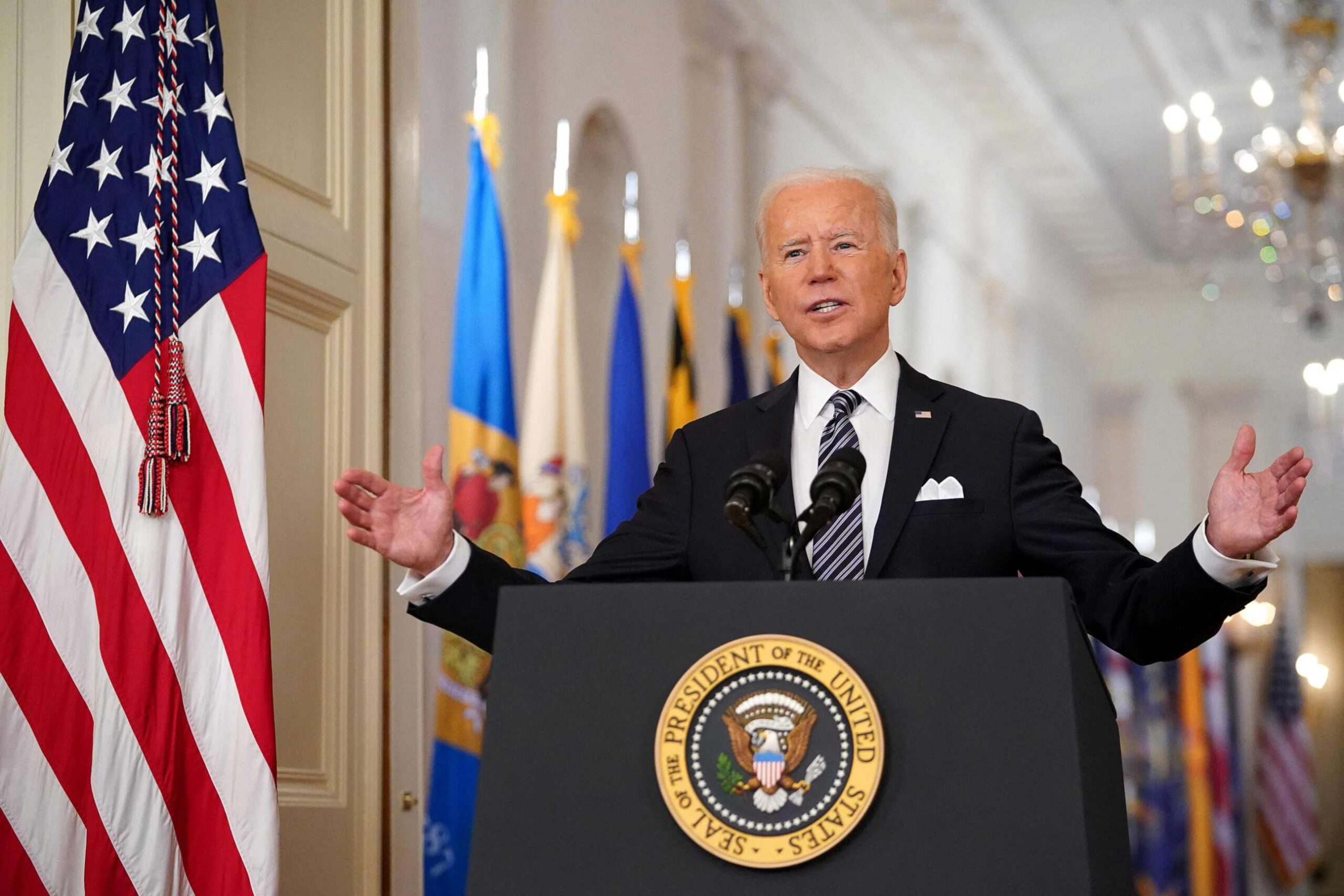President Joe Biden Speech, the 46th President of the United States, has delivered numerous influential speeches during his tenure, aiming to unify a divided nation and address the complex challenges facing Americans. From his inaugural address to his State of the Union Joe Biden Speech, Biden has used his platform to reinforce democratic values, propose critical policies, and connect with citizens across political lines. His speeches are marked by empathy, pragmatism, and an enduring message of hope.
In the current age of rapid media cycles and political polarization, presidential speeches play a vital role in setting national priorities and influencing public discourse. Joe Biden speeche serve not only as tools of communication but as reflections of his broader administration goals. They are designed to reassure citizens, convey transparency, and offer a roadmap for governance.
This article dives deep into one of President Biden’s most significant speeches—examining its background, major themes, rhetorical devices, and the reactions it sparked. Whether you’re interested in politics, communication, or current affairs, understanding the structure and impact of a Biden speech offers insights into how leaders can shape public opinion and policy through the power of words.
2. Context and Background
The selected speech for this analysis is Biden’s 2025 State of the Union Address, delivered in March 2025. This address came at a pivotal moment in American history: a post-pandemic recovery period, increased political polarization, and a fast-evolving global landscape. Inflation was showing signs of stabilizing, international tensions were rising with conflicts in Eastern Europe, and domestic debates raged around reproductive rights, immigration reform, and technology regulation.
Delivered from the U.S. Capitol, the speech targeted not only lawmakers but also millions of citizens watching across the nation. The context was marked by an upcoming presidential election, making this address a crucial opportunity for Biden to present a compelling case for his leadership. In a year laden with political tension, Biden’s goal was to present accomplishments, lay out legislative priorities, and appeal to a wide range of Americans.
The backdrop included legislative gridlock in Congress and strong pushback from political opponents on several initiatives, including environmental regulations and expanded healthcare programs. This speech aimed to rise above partisanship and reach voters with a direct, reassuring message: America was on a path to renewal and progress, with unity and resilience as its guiding principles.
3. Key Themes and Messaging
Unity has consistently been a cornerstone of Biden’s rhetoric, and the 2025 speech was no exception. He reiterated the importance of cooperation between political factions to ensure that democracy thrives. Calling for “common purpose over division,” Biden emphasized the need to move beyond partisan politics to focus on real issues affecting everyday Americans.
Economic recovery and job creation formed the backbone of his policy-oriented messaging. He highlighted record-breaking job growth, expanded manufacturing, and the re-shoring of critical industries like semiconductors. Biden also promoted the success of the “American Families Plan,” which increased access to affordable childcare and education—framing these initiatives as not just economic policy, but moral imperatives.
Climate change received substantial attention, with Biden positioning the U.S. as a global leader in renewable energy. He touted achievements such as the passage of clean energy tax credits, the expansion of electric vehicle infrastructure, and commitments to net-zero emissions by 2050. He linked these efforts to job growth and national security, appealing to both progressive and centrist audiences.
Public health, particularly lessons learned from the COVID-19 pandemic, remained a key theme. Biden advocated for continued investment in healthcare infrastructure and pandemic preparedness. By combining these themes with personal stories—from middle-class workers to veterans and immigrants—he grounded his policy proposals in lived American experiences.
YOU MAY ALSO READ Kyle McCord
4. Delivery and Rhetorical Techniques
President Biden’s delivery style is notably different from that of his predecessors. While not known for soaring oratory like Barack Obama, Biden connects through authenticity, relatability, and a conversational tone. In his 2025 address, he used pauses effectively to let critical points sink in, and his body language was open and direct, reinforcing a message of transparency and trust.
Rhetorically, he employed repetition to hammer home key ideas—phrases like “We can do this together” and “America is back” appeared multiple times, instilling a rhythm and unity in his address. Biden also made strategic use of contrasts, juxtaposing “chaos and order,” “darkness and light,” to underscore the stakes and frame his leadership as a stabilizing force.
Personal stories and anecdotes are hallmarks of Joe Biden Speech. In this address, he referenced a single mother in Ohio balancing two jobs and a veteran struggling to get medical care, weaving their struggles into broader policy themes. This storytelling humanized complex issues, making policy proposals more relatable and emotionally resonant.
Moreover, Biden maintained an inclusive tone, frequently using “we” and “us” to foster a sense of collective responsibility. This rhetorical choice emphasized unity, a recurring motif in his presidency, and aimed to bridge divides between political camps.
5. Reception and Reactions
The speech was met with mixed but largely respectful reactions. Mainstream media outlets like CNN and The New York Times praised Biden’s focus on unity and economic progress, noting the balance between aspiration and pragmatism. Many commentators highlighted his confident tone, a shift from earlier speeches perceived as overly cautious.
Republican leaders acknowledged the call for unity but criticized the administration’s spending plans and energy policies. Some accused Biden of painting an overly optimistic picture of economic recovery, pointing to continued challenges like high housing costs and immigration system strain. Still, others welcomed the bipartisan appeal for infrastructure investment and public safety reforms.
Internationally, Biden’s reaffirmation of NATO commitments and support for Ukraine was widely appreciated. European leaders saw the speech as a signal of continued U.S. leadership in global affairs. Social media buzzed with trending hashtags like #SOTU2025 and #BidenSpeech, with users praising his empathy and calls for civility.
Public polls conducted in the days following showed a modest bump in approval ratings, especially among independent voters. Analysts noted that while the speech didn’t change partisan divides overnight, it helped position Biden as a steady hand in turbulent times—an important image ahead of the 2026 midterm elections.
6. Impact and Policy Follow-Up
Following the address, the White House pushed forward a series of executive actions and renewed efforts in Congress to pass elements of Biden’s legislative agenda. Among the priorities were investments in clean energy jobs, child tax credit extensions, and healthcare reforms aimed at lowering prescription drug costs.
The speech also catalyzed public discourse on AI regulation and digital privacy—a subject Biden touched on with urgency. Lawmakers introduced bipartisan frameworks shortly after the address, showing that his words had legislative traction. Education reforms and funding for vocational training programs saw renewed attention as well.
In the months that followed, several initiatives outlined in the speech passed or advanced through key Congressional committees. Biden’s approval ratings among young voters and suburban independents improved, partly due to his emphasis on climate action and economic opportunity.
Long-term, the speech may be remembered as a pivotal moment in defining Biden’s second term priorities. Whether these policies endure will depend on future political dynamics, but the speech succeeded in setting a vision—a “North Star,” as Biden himself described it—that framed America’s path forward in uncertain times.
7. Conclusion
Joe Biden Speech 2025 speech exemplifies the power of presidential rhetoric in shaping national identity and policy direction. Through a mix of empathy, detailed policy outlines, and calls for unity, Biden positioned himself not just as a leader of the Democratic Party, but as a president for all Americans.
His delivery emphasized sincerity over spectacle, and his words carried the weight of experience and conviction. By weaving together personal stories with national priorities, Biden made a complex array of issues feel tangible and urgent. The speech served to both reflect and shape the American zeitgeist in a time of transition.



